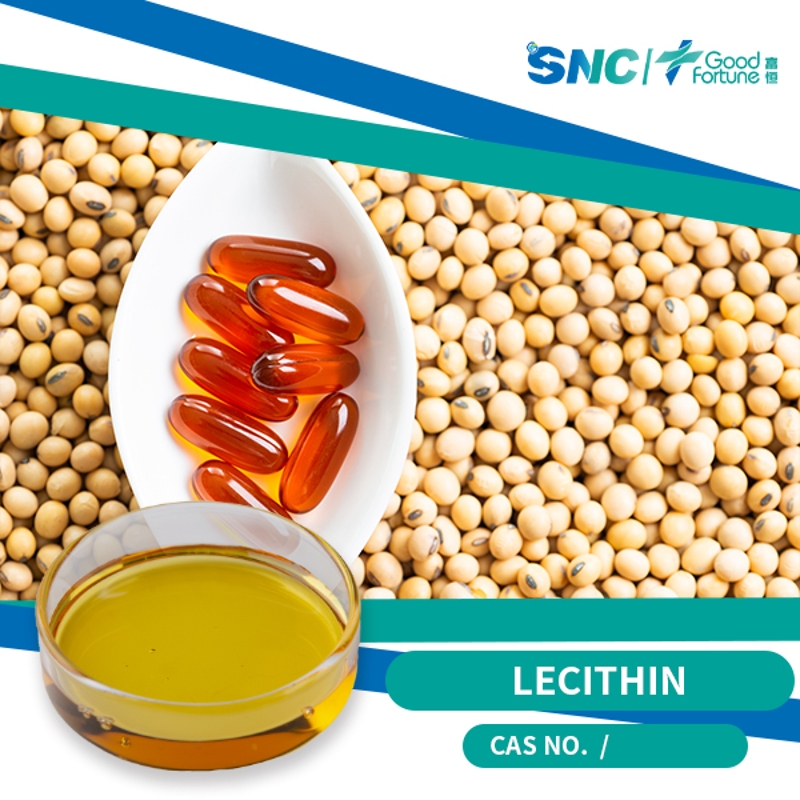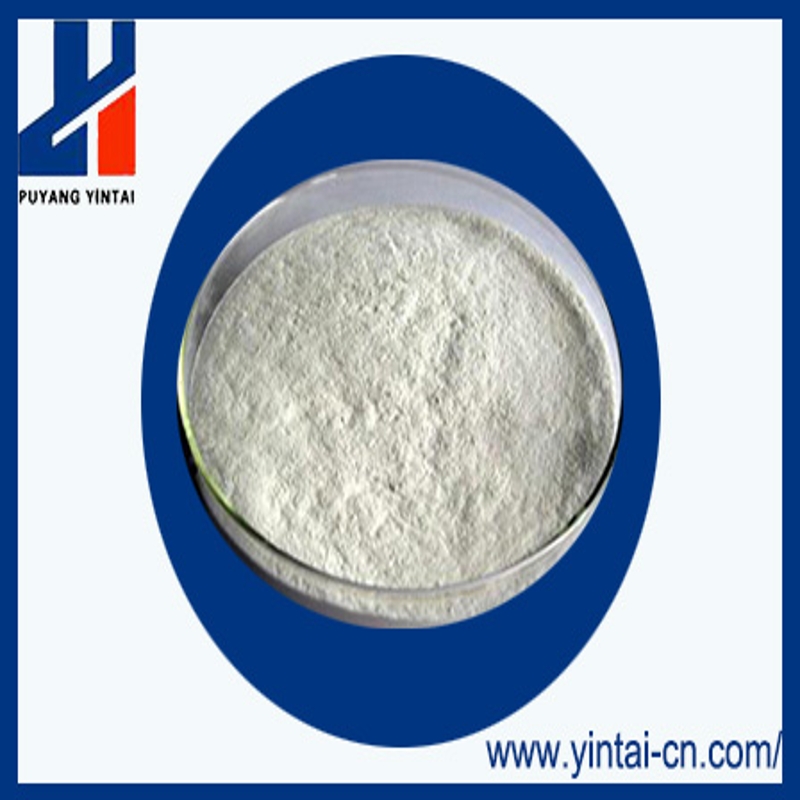-
Categories
-
Pharmaceutical Intermediates
-
Active Pharmaceutical Ingredients
-
Food Additives
- Industrial Coatings
- Agrochemicals
- Dyes and Pigments
- Surfactant
- Flavors and Fragrances
- Chemical Reagents
- Catalyst and Auxiliary
- Natural Products
- Inorganic Chemistry
-
Organic Chemistry
-
Biochemical Engineering
- Analytical Chemistry
- Cosmetic Ingredient
-
Pharmaceutical Intermediates
Promotion
ECHEMI Mall
Wholesale
Weekly Price
Exhibition
News
-
Trade Service
Recently, the US Department of Agriculture issued a document, South Africa grape grapefruit, orange, soft orange (tangerine / mandarin), lemon , lime and other citrus category of production and in 2021 the export situation was analyzed
.
The report shows that the new crown epidemic will not have much impact on production, harvesting, export and transportation this year
.
Thanks to favorable conditions such as favorable weather, ideal rainfall, and adequate irrigation, it is expected that the production and export of grapefruit, fresh orange, soft mandarin, lemon, and lime will increase to varying degrees
.
.
The report shows that the new crown epidemic will not have much impact on production, harvesting, export and transportation this year
.
Thanks to favorable conditions such as favorable weather, ideal rainfall, and adequate irrigation, it is expected that the production and export of grapefruit, fresh orange, soft mandarin, lemon, and lime will increase to varying degrees
.
Grapefruit
Due to the strong demand for products in the European and Asian markets, the planting area of grapefruit in South Africa is expected to reach 8,700 hectares (about 130,500 acres) in 2021, a year-on-year increase of 5%
.
The red grapefruit Star Ruby is still a "popular niche" at the planting end, with a planting ratio of 84%
.
Next is the yellow meat variety Marsh, which accounts for 11% of the planting
.
.
The red grapefruit Star Ruby is still a "popular niche" at the planting end, with a planting ratio of 84%
.
Next is the yellow meat variety Marsh, which accounts for 11% of the planting
.
2020 is a small year for South African grapefruit, and this year is a big year
.
This year's output is expected to reach 373,000 tons, an increase of 8% year-on-year
.
The harvest time is from March to September each year
.
According to the export situation as of April this year, the export volume of South African grapefruit in 2021 is expected to reach 260,000 tons, a year-on-year increase of 7%
.
.
This year's output is expected to reach 373,000 tons, an increase of 8% year-on-year
.
The harvest time is from March to September each year
.
According to the export situation as of April this year, the export volume of South African grapefruit in 2021 is expected to reach 260,000 tons, a year-on-year increase of 7%
.
In terms of exports to China, Mainland China is the second largest overseas market for South African grapefruit
.
In 2020, a total of more than 48,100 tons of products were exported to mainland China, a year-on-year increase of 32% in export volume in 2019
.
.
In 2020, a total of more than 48,100 tons of products were exported to mainland China, a year-on-year increase of 32% in export volume in 2019
.
Fresh orange
Unlike most major citrus-producing countries in the world, the planting area of fresh oranges in South Africa has not shown a trend of shrinking year by year, but has steadily increased in the past five years
.
The planted area in 2021 is expected to increase by 3% year-on-year to 46,000 hectares (approximately 690,000 mu)
.
Among them, the number of seedless varieties and late-season varieties has increased
.
Specifically, the proportion of Valencia oranges planted is 64%, and the remaining 36% are navel oranges
.
The output in 2021 is expected to be 1.
65 million tons, a year-on-year increase of 2%
.
Harvesting starts in March and ends in September each year
.
.
The planted area in 2021 is expected to increase by 3% year-on-year to 46,000 hectares (approximately 690,000 mu)
.
Among them, the number of seedless varieties and late-season varieties has increased
.
Specifically, the proportion of Valencia oranges planted is 64%, and the remaining 36% are navel oranges
.
The output in 2021 is expected to be 1.
65 million tons, a year-on-year increase of 2%
.
Harvesting starts in March and ends in September each year
.
Due to the strong market demand for South African fresh oranges in overseas markets, the world's largest refrigerated ship "Cool Eagle" will take on the heavy responsibility of transportation and fully serve this year's exports
.
This year’s export volume is expected to be approximately 1.
29 million tons, a year-on-year increase of 3%
.
The EU remains the largest overseas market for products, accounting for approximately 44% of South Africa’s total exports of fresh oranges
.
Exports to Asia including the Middle East markets also maintained steady growth
.
.
This year’s export volume is expected to be approximately 1.
29 million tons, a year-on-year increase of 3%
.
The EU remains the largest overseas market for products, accounting for approximately 44% of South Africa’s total exports of fresh oranges
.
Exports to Asia including the Middle East markets also maintained steady growth
.
Mainland China remains the fourth largest overseas market for South African oranges, after the Netherlands, Portugal and the UAE
.
In 2020, a total of about 81,300 tons of South African fresh oranges entered the Chinese mainland market, but compared with the import volume in 2019 (150,400 tons), it has shrunk by about half
.
.
In 2020, a total of about 81,300 tons of South African fresh oranges entered the Chinese mainland market, but compared with the import volume in 2019 (150,400 tons), it has shrunk by about half
.
Soft orange
Globally, soft tangerines, especially seedless soft tangerines, have been very popular in recent years, and their profits are more lucrative than products such as fresh oranges, grapefruits and lemons
.
In view of this background, the planting area of soft oranges in South Africa has been growing for ten consecutive years, and is expected to reach 26,000 hectares (390,000 mu) in 2021, a year-on-year increase of 10%
.
The main planted varieties include Nardocott, Nules, Nova, Tango, Orri and Leanri, and their respective proportions at the planting end have reached 22%, 12%, 11%, 10%, 8% and 8%
.
.
In view of this background, the planting area of soft oranges in South Africa has been growing for ten consecutive years, and is expected to reach 26,000 hectares (390,000 mu) in 2021, a year-on-year increase of 10%
.
The main planted varieties include Nardocott, Nules, Nova, Tango, Orri and Leanri, and their respective proportions at the planting end have reached 22%, 12%, 11%, 10%, 8% and 8%
.
The output of South African soft oranges will also maintain rapid growth.
This year's output is expected to reach 500,000 tons, an increase of 8% year-on-year
.
The export volume is expected to reach 415,000 tons, an increase of about 7% year-on-year
.
Judging from the export data in 2020, the UK and the Netherlands are the two largest overseas markets, respectively digesting 23% and 21% of South African soft orange exports
.
During the year, Mainland China imported a total of 13,800 tons of soft oranges from South Africa, a year-on-year increase of 40%
.
This year's output is expected to reach 500,000 tons, an increase of 8% year-on-year
.
The export volume is expected to reach 415,000 tons, an increase of about 7% year-on-year
.
Judging from the export data in 2020, the UK and the Netherlands are the two largest overseas markets, respectively digesting 23% and 21% of South African soft orange exports
.
During the year, Mainland China imported a total of 13,800 tons of soft oranges from South Africa, a year-on-year increase of 40%
.
Lemon/lime
On June 18 this year, China and South Africa updated their agreement on the export of South African citrus to China
.
The new agreement relaxes the cold treatment requirements
.
Previously, South African citrus had to undergo a cold treatment of -0.
6°C or below for at least 24 days
.
Because the temperature is too low, it is easy to cause frostbite and affect the quality of lemons.
Therefore, the number of lemons exported from South Africa to China has been very small, only 151.
5 tons in 2020
.
Under the new agreement, the new cold treatment requirement is 3°C or below for at least 18 days
.
This move is widely believed to push up South African lemon exports to China
.
South Africa predicts that its exports to China will reach 25,000 tons in 2024
.
.
The new agreement relaxes the cold treatment requirements
.
Previously, South African citrus had to undergo a cold treatment of -0.
6°C or below for at least 24 days
.
Because the temperature is too low, it is easy to cause frostbite and affect the quality of lemons.
Therefore, the number of lemons exported from South Africa to China has been very small, only 151.
5 tons in 2020
.
Under the new agreement, the new cold treatment requirement is 3°C or below for at least 18 days
.
This move is widely believed to push up South African lemon exports to China
.
South Africa predicts that its exports to China will reach 25,000 tons in 2024
.
In terms of production estimates, South Africa is expected to produce 625,000 tons of lemons/limes in 2021, a year-on-year increase of 1%
.
The export volume is expected to be approximately 461,000 tons, a year-on-year increase of 1%
.
The EU is the largest overseas market for products, consuming 42% of South Africa’s lemon/lime exports
.
.
The export volume is expected to be approximately 461,000 tons, a year-on-year increase of 1%
.
The EU is the largest overseas market for products, consuming 42% of South Africa’s lemon/lime exports
.
Ten years ago, the planting area of lemon/lime in South Africa was only 4,667 hectares (approximately 70,000 acres)
.
Today, under the stimulation of export demand, the figure has soared to 18,000 hectares (approximately 270,000 acres)
.
At the planting end, the most planted lemon variety in South Africa is still Eureka, which accounts for about 75% of the planting
.
.
Today, under the stimulation of export demand, the figure has soared to 18,000 hectares (approximately 270,000 acres)
.
At the planting end, the most planted lemon variety in South Africa is still Eureka, which accounts for about 75% of the planting
.







